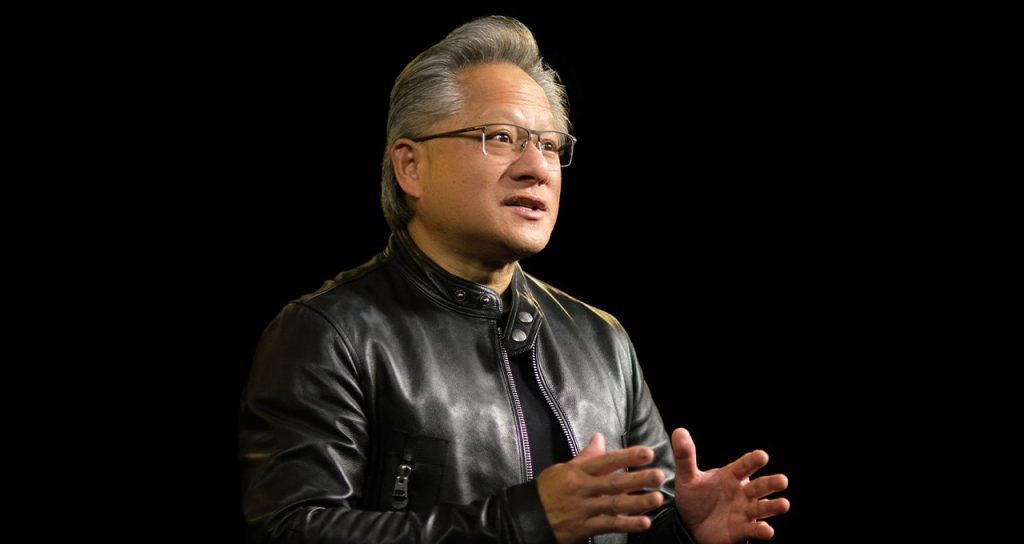Nvidia AI competition faces a important inflexion point as CEO Jensen Huang candidly acknowledged that “China is not behind” in artificial intelligence development.
Speaking at a Washington D.C. tech conference on April 30, Huang described the technological rivalry as “very close” and a “long-term, infinite race” – comments that contradict the prevailing Silicon Valley narrative about Western technological supremacy.
His frank assessment comes as Chinese tech giant Huawei begins widespread deployment of its domestic AI chips to clients left scrambling after Washington’s export controls effectively cut off their access to Nvidia’s advanced semiconductors.
Huang elaborated on China’s AI capabilities and praised Huawei specifically. “They’re incredible in computing and network technology, all these essential capabilities to advance AI,” he said of the Chinese tech giant. “They have made enormous progress in the last several years,” he added, according to CNBC reporting.
The statements come amid a pivotal moment in US-China technological competition. The Trump administration recently restricted shipments of Nvidia’s H20 chips to China without a license, a move expected to cost Nvidia approximately $5.5 billion. The H20 chips were specifically designed to comply with previous US export restrictions while still serving Chinese customers.
Beneath the public statements lies a more nuanced narrative. Reuters recently reported that Huang privately discussed concerns about Huawei’s growing AI capabilities with US lawmakers. During a closed-door meeting with the House Foreign Affairs Committee, the conversation centred on how US restrictions on Nvidia’s chips might inadvertently strengthen Huawei’s market position.
A senior congressional committee staff source told Reuters that one concern voiced was that “if DeepSeek R1 had been trained on (Huawei chips) or a future open-source Chinese model had been trained to be highly optimised to Huawei chips, that would risk creating a global market demand for Huawei chips.”
Industry analysts view this as a delicate balancing act for Nvidia. The company must navigate between complying with US government restrictions while also maintaining its competitive position in the lucrative Chinese market, now increasingly being served by domestic alternatives.
The situation highlights the complex position Nvidia finds itself in – needing to balance compliance with US government restrictions while maintaining competitiveness in the Chinese market that represents a significant portion of its potential customer base.
The reality on the ground confirms the dilemma. Huawei has already begun delivering its advanced AI chip “clusters” to Chinese clients who previously relied on Nvidia’s hardware. Customers had increased orders for Nvidia’s H20 chips before the latest restrictions took effect, and are now turning to domestic alternatives.
The semiconductor industry stands at a crossroads. US export controls designed to slow China’s AI progress may instead be catalyzing domestic innovation and fostering self-sufficiency – creating precisely the outcome policymakers hoped to prevent. Huang himself addressed this contradiction in Washington, arguing that US policy should prioritise enhancing American competitiveness rather than restricting sales.
“This is an industry that we will have to compete for,” he said during the conference.
Despite navigating these geopolitical crosscurrents, Nvidia continues investing heavily in American infrastructure. President Trump referred to Huang as “my friend Jensen” while lauding Nvidia’s ambitious plan to build $500 billion in AI infrastructure in the United States over the next five years. The company is backing this commitment with concrete action, announcing plans to partner with manufacturing giant Foxconn to assemble AI servers near Houston.
“With willpower and the resources of our country, I’m certain we can manufacture onshore,” Huang stated.
Wall Street, however, appears concerned about Nvidia’s outlook. The company’s shares have declined more than 20% in 2025 after tripling in value last year. Its stock fell an additional 3% following Huang’s candid assessment of China’s AI capabilities.
For global technology companies, the implications are profound. As China develops viable alternatives to Western technology, the AI ecosystem could fragment along geopolitical lines. Companies may need to design separate strategies for these diverging markets, each with its own technological infrastructure, regulatory landscape, and competitive dynamics.
For investors, policymakers, and technology leaders, the coming months will prove decisive. Will US restrictions succeed in maintaining America’s technological edge, or will they accelerate China’s push toward self-sufficiency? Huang’s comments suggest the race may be closer than many in the West have acknowledged.
The global AI landscape is no longer dominated by a single technological ecosystem. Two parallel universes of AI development are emerging – one centred in Silicon Valley and the other in China’s technology hubs – each with profound implications for the future of computing, national security, and global economic competition.

